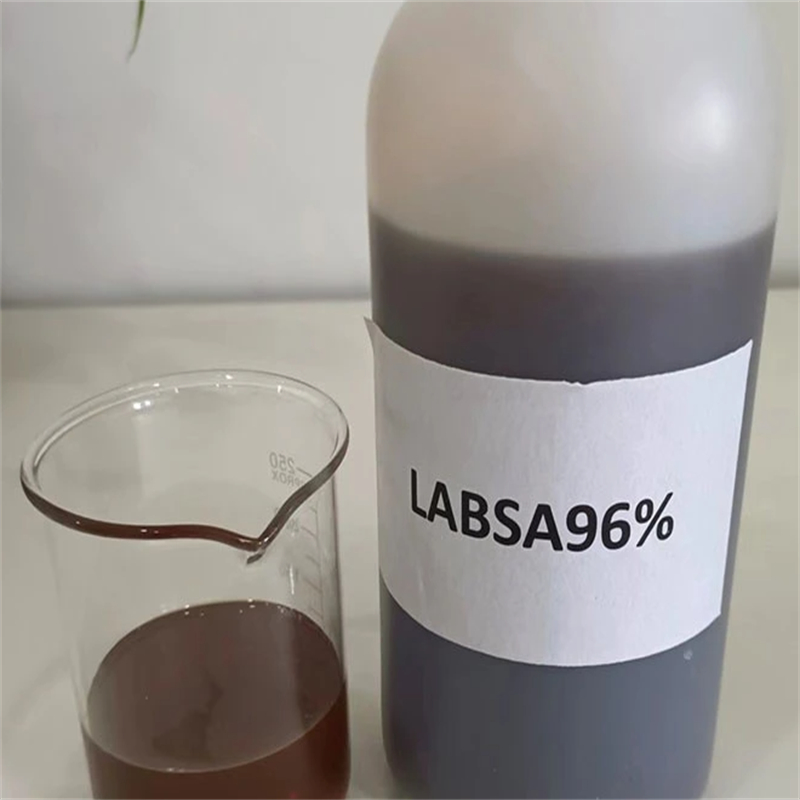Warning: Undefined array key "title" in /home/www/wwwroot/HTML/www.exportstart.com/wp-content/themes/1198/header.php on line 6
Warning: Undefined array key "file" in /home/www/wwwroot/HTML/www.exportstart.com/wp-content/themes/1198/header.php on line 7
Warning: Undefined array key "title" in /home/www/wwwroot/HTML/www.exportstart.com/wp-content/themes/1198/header.php on line 7
Warning: Undefined array key "title" in /home/www/wwwroot/HTML/www.exportstart.com/wp-content/themes/1198/header.php on line 7
- Afrikaans
- Albanian
- Amharic
- Arabic
- Armenian
- Azerbaijani
- Basque
- Belarusian
- Bengali
- Bosnian
- Bulgarian
- Catalan
- Cebuano
- China
- China (Taiwan)
- Corsican
- Croatian
- Czech
- Danish
- Dutch
- English
- Esperanto
- Estonian
- Finnish
- French
- Frisian
- Galician
- Georgian
- German
- Greek
- Gujarati
- Haitian Creole
- hausa
- hawaiian
- Hebrew
- Hindi
- Miao
- Hungarian
- Icelandic
- igbo
- Indonesian
- irish
- Italian
- Japanese
- Javanese
- Kannada
- kazakh
- Khmer
- Rwandese
- Korean
- Kurdish
- Kyrgyz
- Lao
- Latin
- Latvian
- Lithuanian
- Luxembourgish
- Macedonian
- Malgashi
- Malay
- Malayalam
- Maltese
- Maori
- Marathi
- Mongolian
- Myanmar
- Nepali
- Norwegian
- Norwegian
- Occitan
- Pashto
- Persian
- Polish
- Portuguese
- Punjabi
- Romanian
- Russian
- Samoan
- Scottish Gaelic
- Serbian
- Sesotho
- Shona
- Sindhi
- Sinhala
- Slovak
- Slovenian
- Somali
- Spanish
- Sundanese
- Swahili
- Swedish
- Tagalog
- Tajik
- Tamil
- Tatar
- Telugu
- Thai
- Turkish
- Turkmen
- Ukrainian
- Urdu
- Uighur
- Uzbek
- Vietnamese
- Welsh
- Bantu
- Yiddish
- Yoruba
- Zulu
ئاۋغۇست . 11, 2024 23:36 Back to list
Exploring the Versatile Applications of Adipic Acid in Various Industries and Products
Applications of Adipic Acid A Versatile Compound
Adipic acid, a six-carbon dicarboxylic acid, is an important chemical intermediate widely used in the production of various industrial products. Its versatility is largely attributed to its functional groups, which allow it to participate in different chemical reactions and serve multiple applications across diverse industries. This article explores the primary applications of adipic acid, highlighting its significance in modern manufacturing.
One of the most prominent uses of adipic acid is in the production of nylon, specifically Nylon 6,6. Adipic acid serves as one component in the polymerization process, reacting with hexamethylenediamine to form the nylon polymer. This material is renowned for its strength, durability, and resistance to wear and chemicals, making it ideal for a wide range of applications. Industries such as automotive, textiles, and consumer goods rely on nylon for items including carpets, clothing, industrial fabrics, and automotive parts. The demand for these products continues to grow, driving the need for adipic acid as a key building block.
Applications of Adipic Acid A Versatile Compound
Furthermore, adipic acid finds applications in the food industry, where it is used as an acidulant to impart a tart flavor to certain products. It is commonly found in soft drinks, candies, and baked goods. The use of adipic acid as a food additive is strictly regulated to ensure consumer safety, but its presence in many popular foods highlights its versatility beyond industrial uses.
adipic acid application

Another significant application of adipic acid is in the manufacturing of polyurethanes. This class of polymers is utilized across various sectors, including automotive, construction, and furniture manufacturing. Adipic acid serves as a diacid component in the synthesis of polyurethanes, contributing to the material's physical properties such as flexibility, durability, and resistance to abrasion. Given the increasing demand for lightweight and high-performance materials, the role of adipic acid in polyurethane production is expected to grow.
Moreover, adipic acid is also used in the production of various specialty chemicals, including adhesives, sealants, and coatings. These products are essential in numerous applications, from construction and automotive to electronics and consumer goods. The adaptability of adipic acid enables manufacturers to produce tailored chemical formulations that meet specific performance requirements, thereby driving innovation across various industries.
However, despite its beneficial applications, the production of adipic acid has environmental implications. The traditional manufacturing process generates significant amounts of greenhouse gases, prompting a shift towards more sustainable production methods. Researchers are actively exploring bio-based alternatives and greener synthesis approaches to minimize the ecological footprint of adipic acid manufacturing.
In conclusion, adipic acid is a multifaceted compound with a wide range of applications in nylon production, lubricants, plasticizers, food additives, polyurethanes, and specialty chemicals. Its versatility and functionality make it an essential component in various industries, supporting both traditional manufacturing practices and modern innovations. As sustainability becomes increasingly important, the continued evolution of adipic acid production methods will play a crucial role in shaping its future applications.
Latest news
-
Certifications for Vegetarian and Xanthan Gum Vegetarian
NewsJun.17,2025
-
Sustainability Trends Reshaping the SLES N70 Market
NewsJun.17,2025
-
Propylene Glycol Use in Vaccines: Balancing Function and Perception
NewsJun.17,2025
-
Petroleum Jelly in Skincare: Balancing Benefits and Backlash
NewsJun.17,2025
-
Energy Price Volatility and Ripple Effect on Caprolactam Markets
NewsJun.17,2025
-
Spectroscopic Techniques for Adipic Acid Molecular Weight
NewsJun.17,2025

